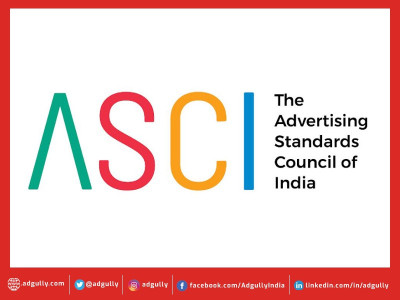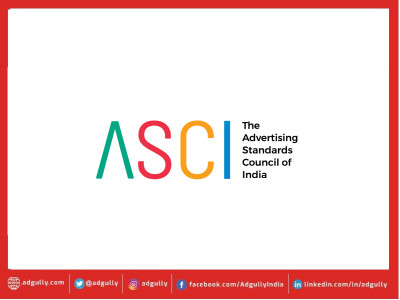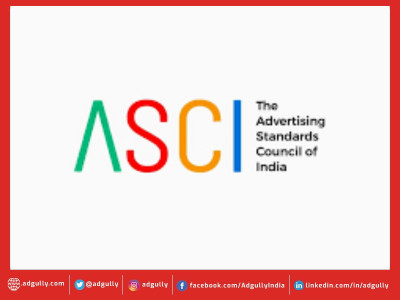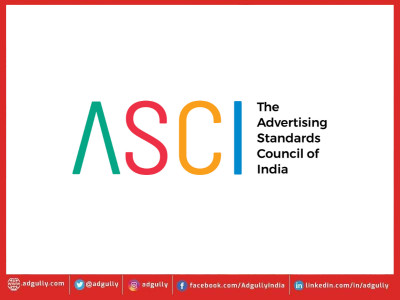ASCI's guidelines to counter manipulative online design in advertising
The Advertising Standards Council of India (ASCI) publishes new comprehensive guidelines for ‘Online Deceptive Design Patterns in Advertising’, to empower businesses, designers, and stakeholders to create user-centric experiences while promoting transparency, trust, and ethical standards in the digital landscape.
As consumers turn to digital platforms, marketing strategies employed on these platforms are becoming more sophisticated and personalised. Some of these practices could be misleading or even predatory. These deceptive practices impair the consumer’s choice to make an informed decision and are more commonly referred to as Dark Patterns. These practices are designed to steer consumers towards making choices that could compromise their interest in favour of the advertiser’s interest.
These concerns were discussed during the recently held stakeholder consultation in Mumbai on the subject, jointly organised by the Department of Consumer Affairs and ASCI. In November 2022, ASCI released a comprehensive discussion paper titled ‘Dark Patterns - The New Threat to Consumer Protection' that examined various deceptive patterns, including those found in online advertising and also formed a multi-stakeholder task force to examine these issues. The discussion paper was kept open for comments for almost two months. Based on comments received and discussions held by the task force, it was proposed that the ASCI code be updated to include advertising-related concerns around online deceptive patterns such as drip pricing, bait-and-switch, false urgency and disguised advertising. The guidelines will serve as a framework for businesses to design and implement user navigation and interface that put informed decision-making and express consent a priority.
Following are the areas that the new guidelines address:
-
Drip Pricing: Drip pricing refers to a practice in which elements of the costs are not revealed up front, and the total price is only revealed at the very end of the buying process or after confirmation of purchase. This creates ambiguity around the final price as well as prevents easy cost comparisons. The guidelines require quoted prices in advertisements and e-commerce sites to include non-optional taxes, duties, fees and charges that apply to all buyers. Incomplete price representations upfront would be considered misleading.
-
Bait and Switch: When an ad or an element in an ad directly or indirectly implies one outcome of the consumer’s action but instead serves up another, it is misleading.
-
False Urgency: Stating or implying that quantities of a product or service are more limited than they are is considered misleading. In case of a complaint, the advertiser would be required to demonstrate that the stock position at the time of the appearance of the limited quantity message was of a level where the urgency communicated could not be considered misleading.
-
Disguised Ads: An advertisement that is of a similar format as editorial or organic content must clearly disclose that it is an ad. Examples could be influencer posts, paid reviews, and ads placed in a manner to appear like editorial content.
The updates are in line with ASCI’s established role as the advertising industry’s self-regulator. They are a part of a broader range of measures taken by ASCI to safeguard consumer interest in the online space such as guidelines for social media influencers, cryptocurrency and real money gaming.
Manisha Kapoor, CEO and Secretary General, ASCI, said, “With the government and the industry echoing their belief in self-regulation, we believe that the guidelines we have issued today will play a crucial role in fostering a more ethical and trustworthy advertising ecosystem and protecting consumer trust. These guidelines will require businesses to create communication and systems that respect user autonomy, improve transparency, and encourage well-informed choices.”
Rohit Kumar Singh, Secretary Department of Consumer Affairs, said, “We welcome the new ASCI guidelines related to advertising. Deceptive online patterns are also a violation of the Consumer Protection Act. We look forward to working with ASCI and the industry to support a robust self-regulatory mechanism for the larger framework on online deceptive patterns”.
Please note: These guidelines will be applicable from 1st of September, 2023 to give online platforms a window to make the necessary changes to their systems and interface designs.
To read the detailed guidelines, please visit link: https://www.ascionline.in/wp-
















Share
Facebook
YouTube
Tweet
Twitter
LinkedIn